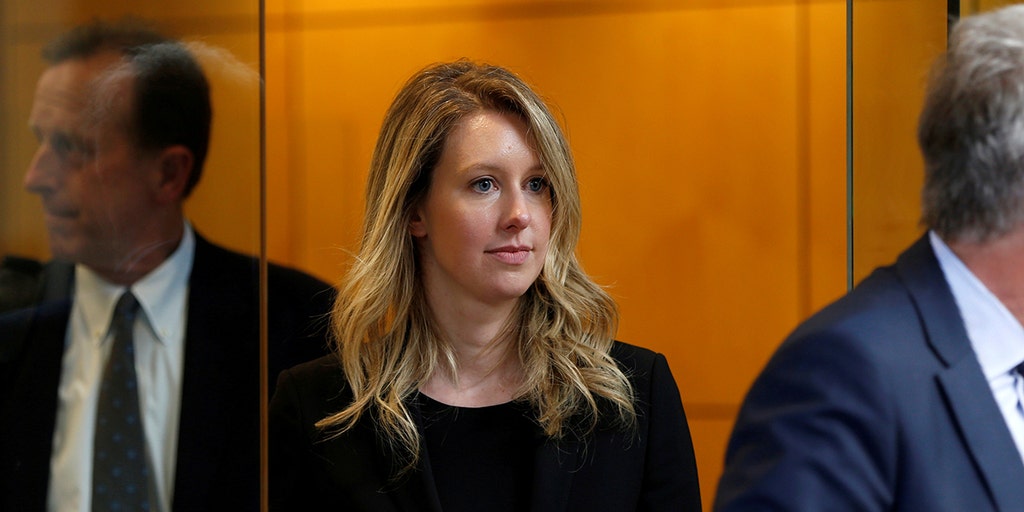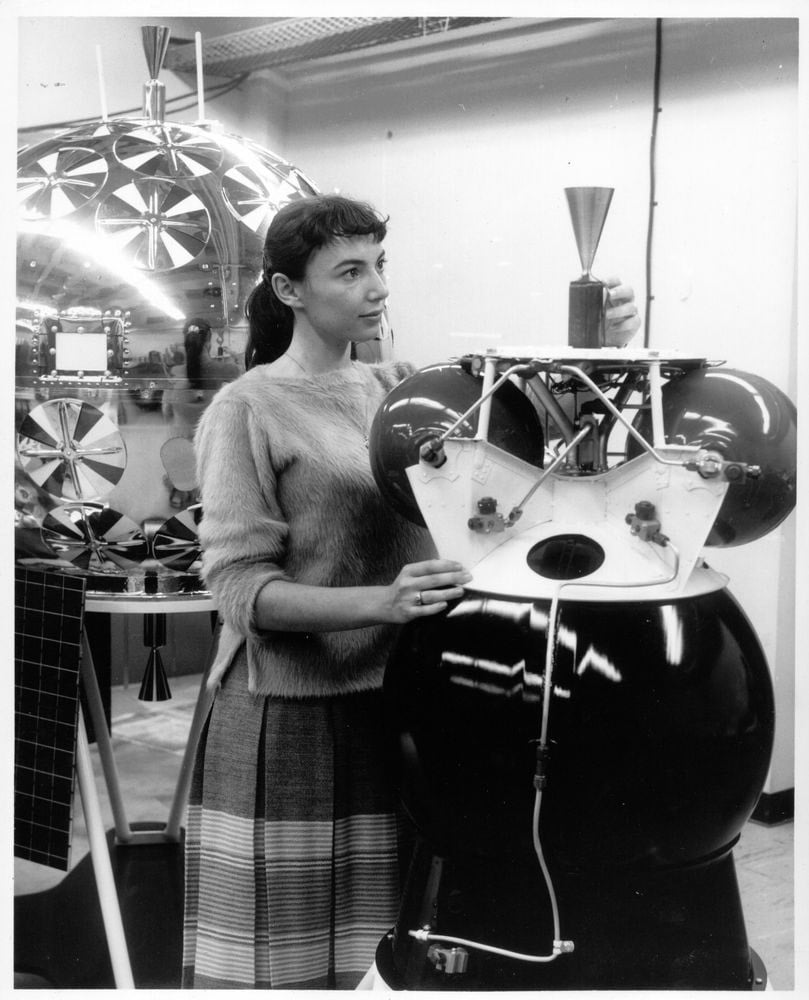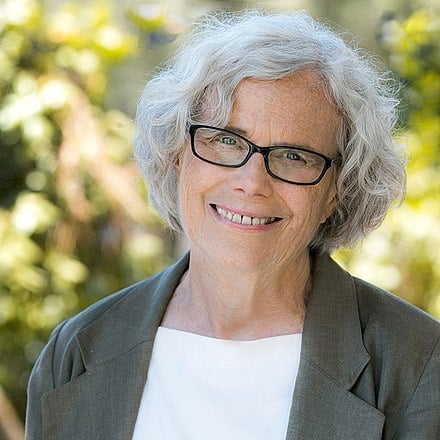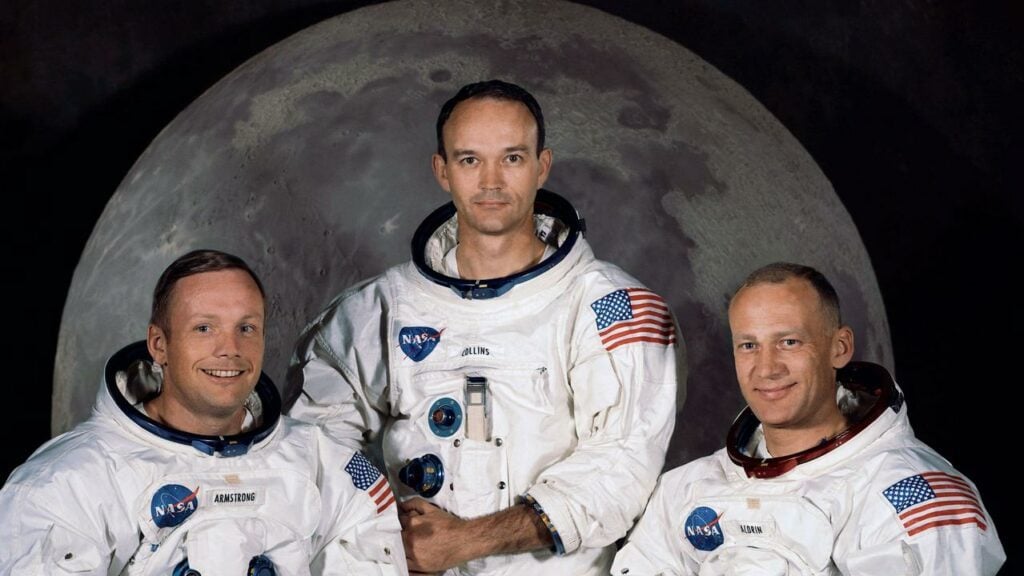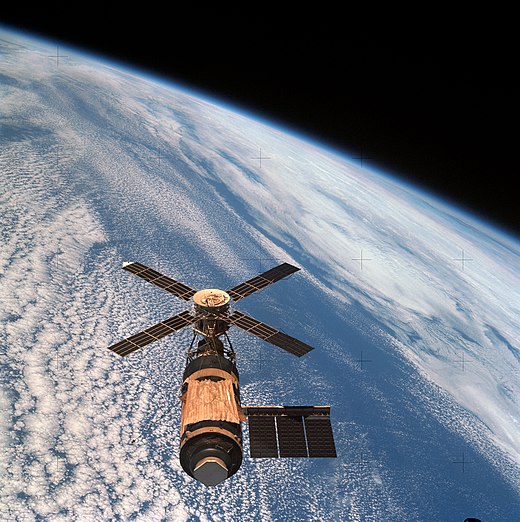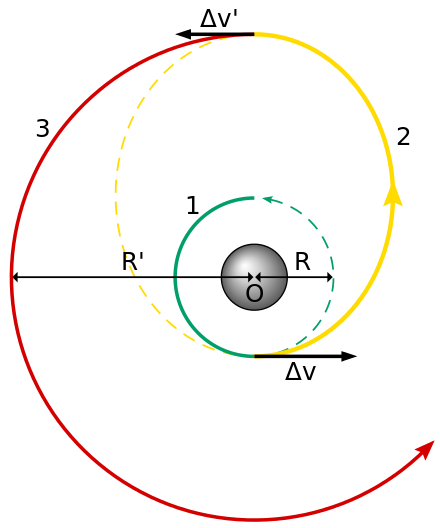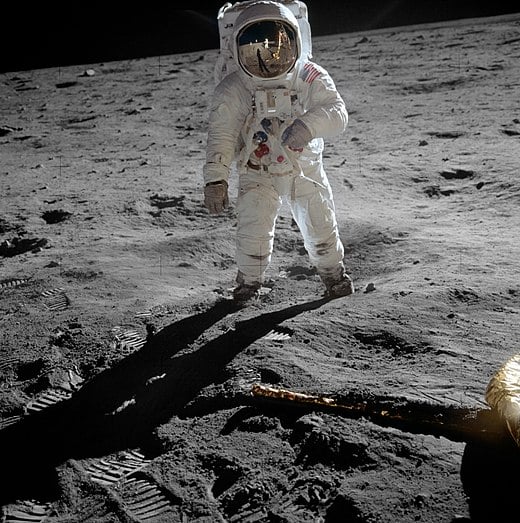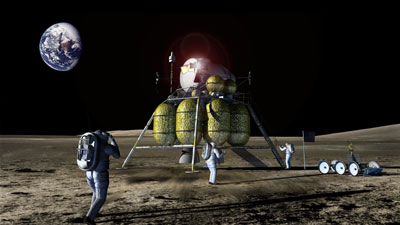Who Invented the World Wide Web?
Whenever we are on the internet and searching for things through our browsers, we don’t really stop to think where all this came from and how it started. But if you’re curious, here’s the story of how the World Wide Web came to be. Sir Tim Berners-Lee was annoyed that he had to go back […]
Who Invented the World Wide Web? Read More »


